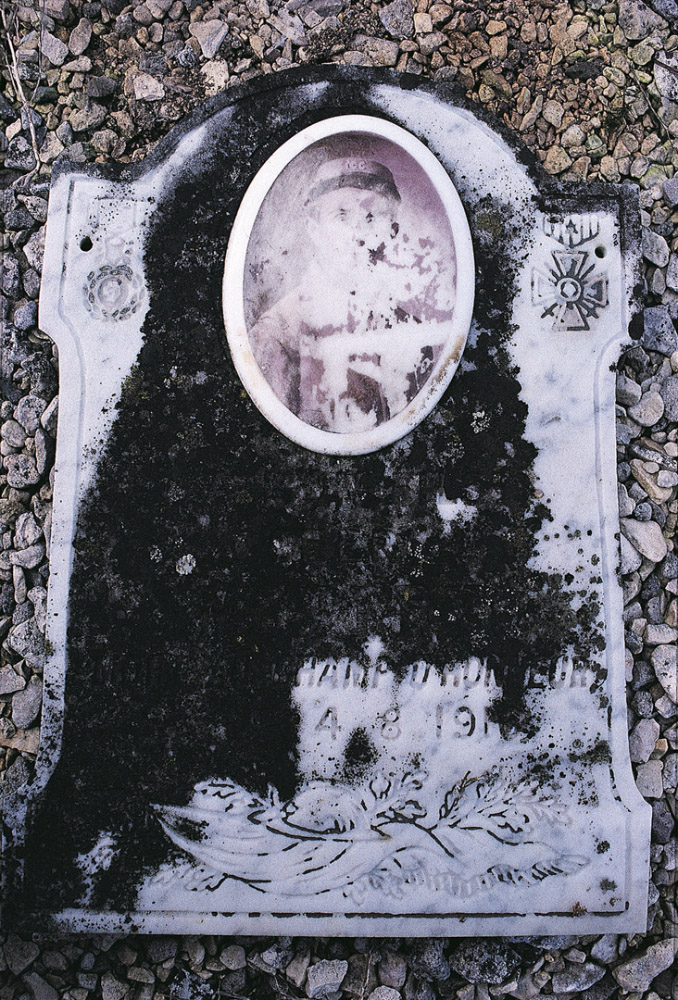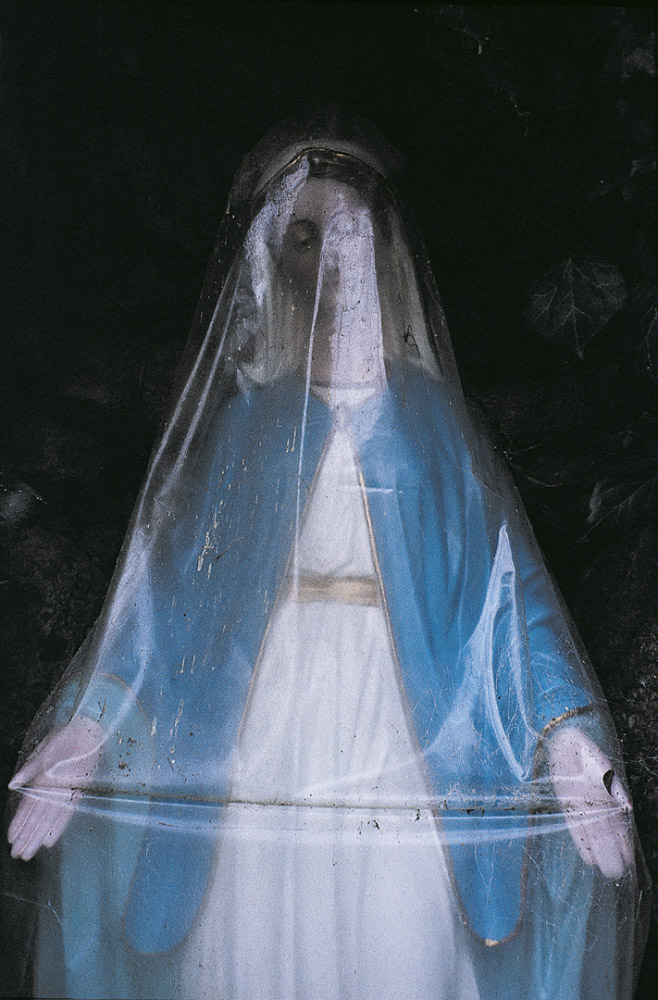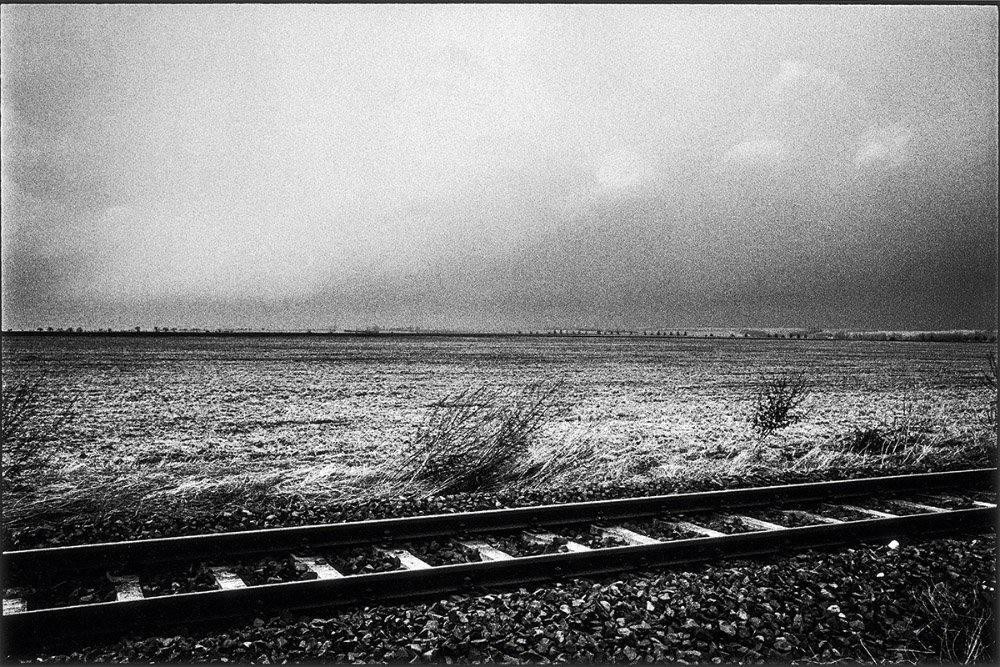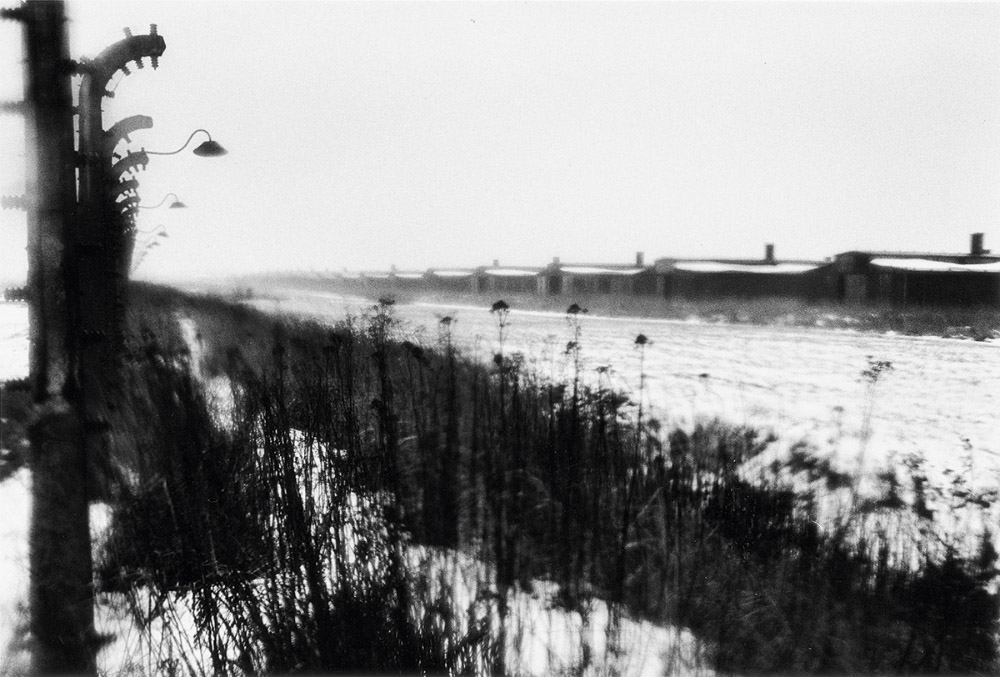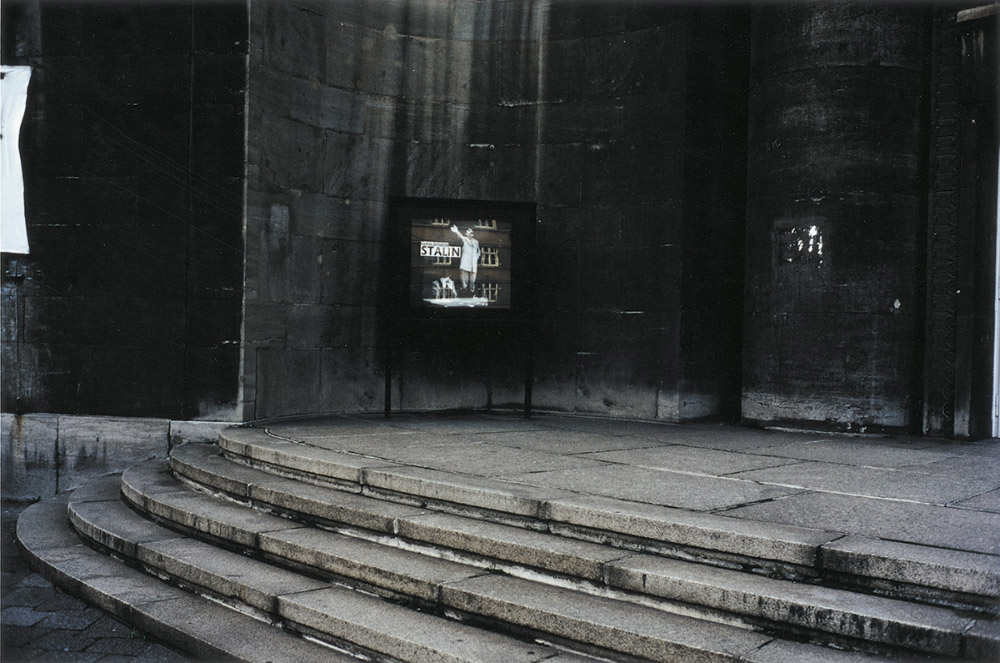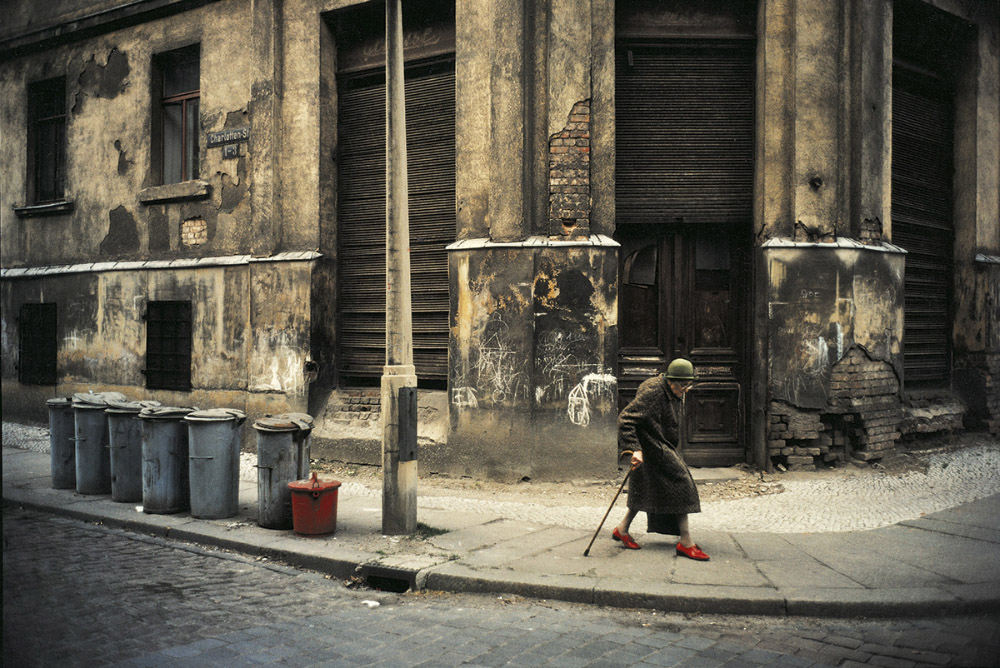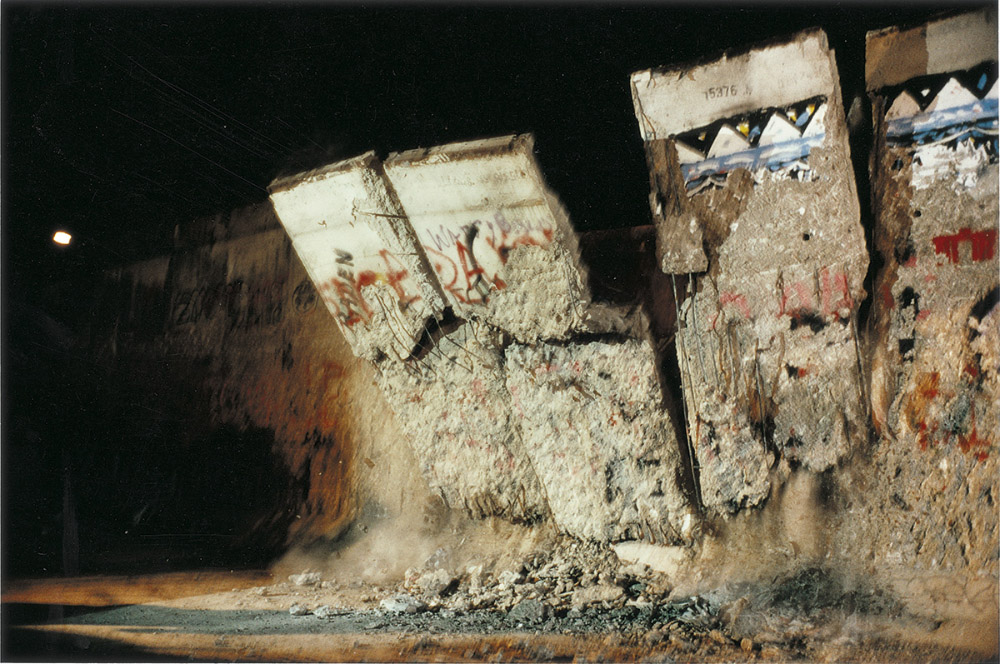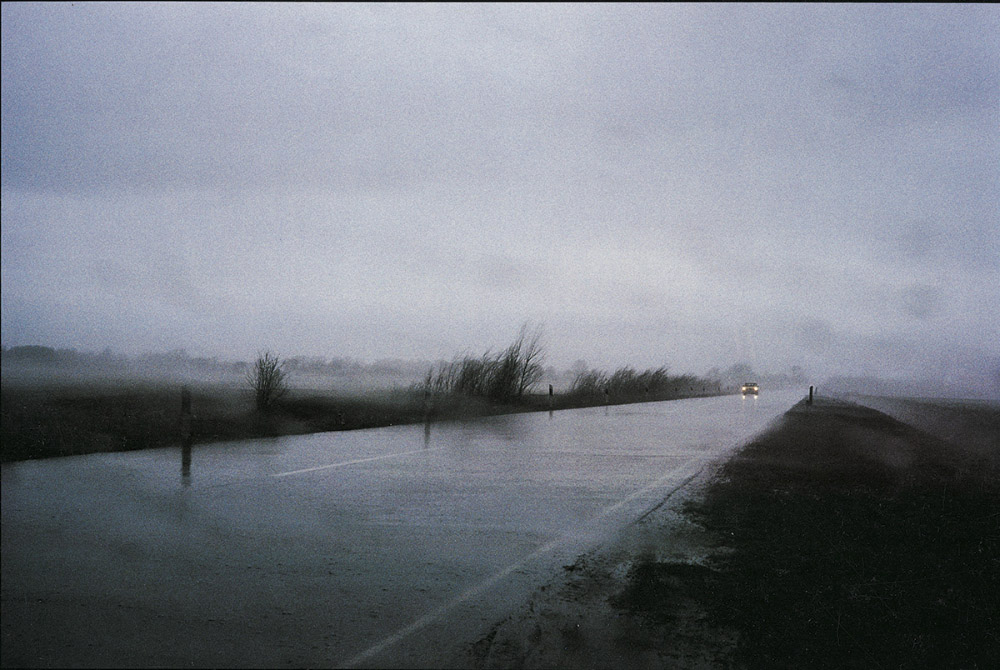Silent Europe, 2000
“When I set out to photograph West Berlin in 1979, I wanted to understand how such a highly civilized people as the Germans could have created the horrors of Nazism, a phenomenon unique in history.
For ten years I was fascinated by this extraordinary enclave. The construction of the wall in 1961 meant that much of the city’s history became frozen in time, turning West Berlin into a vast studio set where the past seemed as real as the present. In Cold War Berlin, the 2 faces of German civilization-one extremely refined, the other monstrous, could still be seen.
On November 9, 1989, the wall fell and the stage set collapsed-exactly fifty one years after the terror of Crystal Night.
By then, I was curious to see what had become of Germany’s eastern half, to travel through a rural landscape virtually unchanged since 1933, to see how the culture of progressive Weimar had managed to exist alongside that of Buchenwald.
Several trips to Poland in 1992 broadened my scope to reveal not only the economic backwardness afflicting the region, but more particularly, the immense horror behind the human slaughterhouses of the Third Reich.
I had already decided to go no further east than the Russian-Polish border. I felt that retracing my steps would allow me to better understand the legacy of 70 years of totalitarian rule in East Germany, as well as to penetrate the clean, modern shell of its powerful neighbor.
I continued to travel back in history. It was not until Verdun, in 1997, amidst a landscape still scarred by the desperate battles of the First World War, that finally I understood the breadth of the historical forces that had guided this long journey.“
Stéphane Duroy

